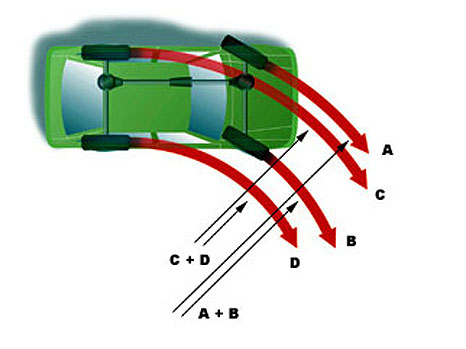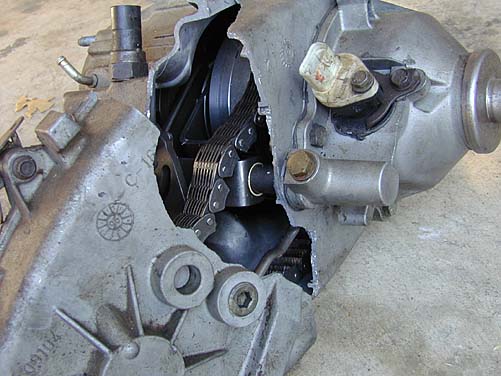Here is one of the threads with a good diagram showing some of the
metrics of the four tires during a turn and how the third member
(along with the first and second) handle the different radii for each
tire
Before they invented it...they broke axles during the early days of
automotive vehicles
Folks who don't tow heavy will most likely NOT experience any problems,
but those who do tow heavy and in tough terrain...might...
Key difference is HIGH THROTTLE for loooong periods vs WOT bursts those
non-towing 'think' are comparable to towing heavy...in the hills...
What happened to those who helped walk through it...was that their
third member over heated or some such and barfed fluid
Accidentally Towed 100 Miles In 4WD4x4radii 4x4radiuses thirdmember viscoustransfercase transfercase
benk wrote:
Not the same context.... Winter, snowy...so slippery...the exact
conditions 4x4 is to be used...vs...high traction conditions (not
slippery) that the OP drove and asking for info/help
4x4 (non full time) is NOT meant for good traction usage.
A good time to re-explain how 4x4 works for those who don't understand
or mis-understands.
rv.net thread: "4wd characteristics"
These images and hot links to info sites 'should' be self explanatory

4WD and AWD systems explained
Here is why full time 4WD can be used on pavement
Eventually you will break parts, expensive parts. All caused by driveline windup

Also, not absolute either (either good as new to busted to ruination)
There is middle ground (gray vs black/white).
That middle ground is also known as 'wear and tear'. The big question
is how far down that road is it. Again, it depends on how many curves
and their radius. Factor in how good was the traction & miles of it

